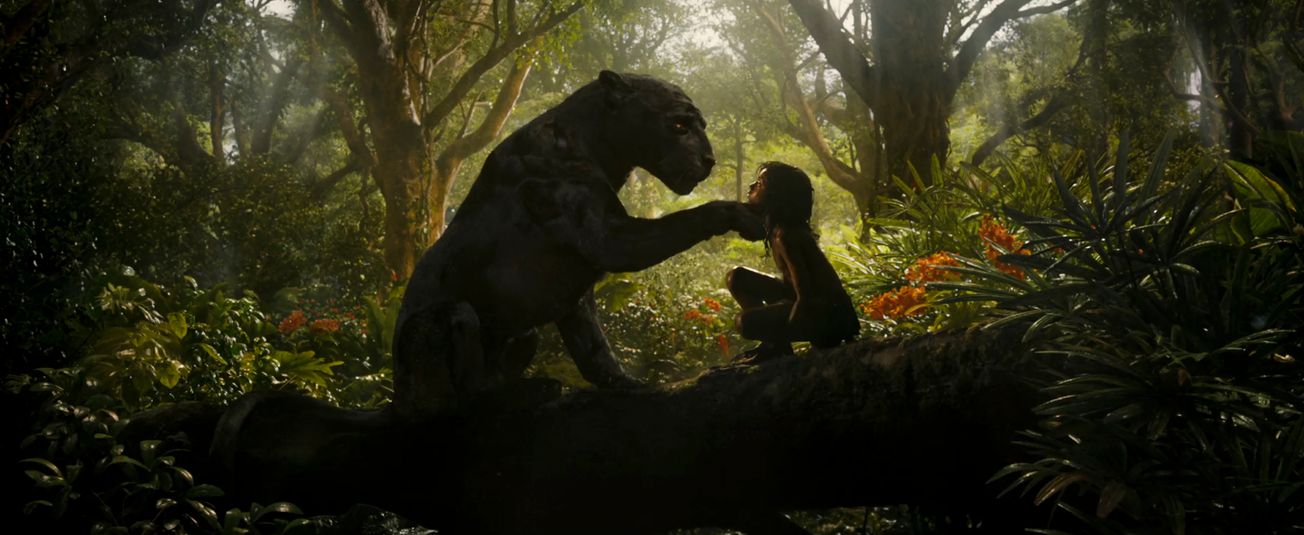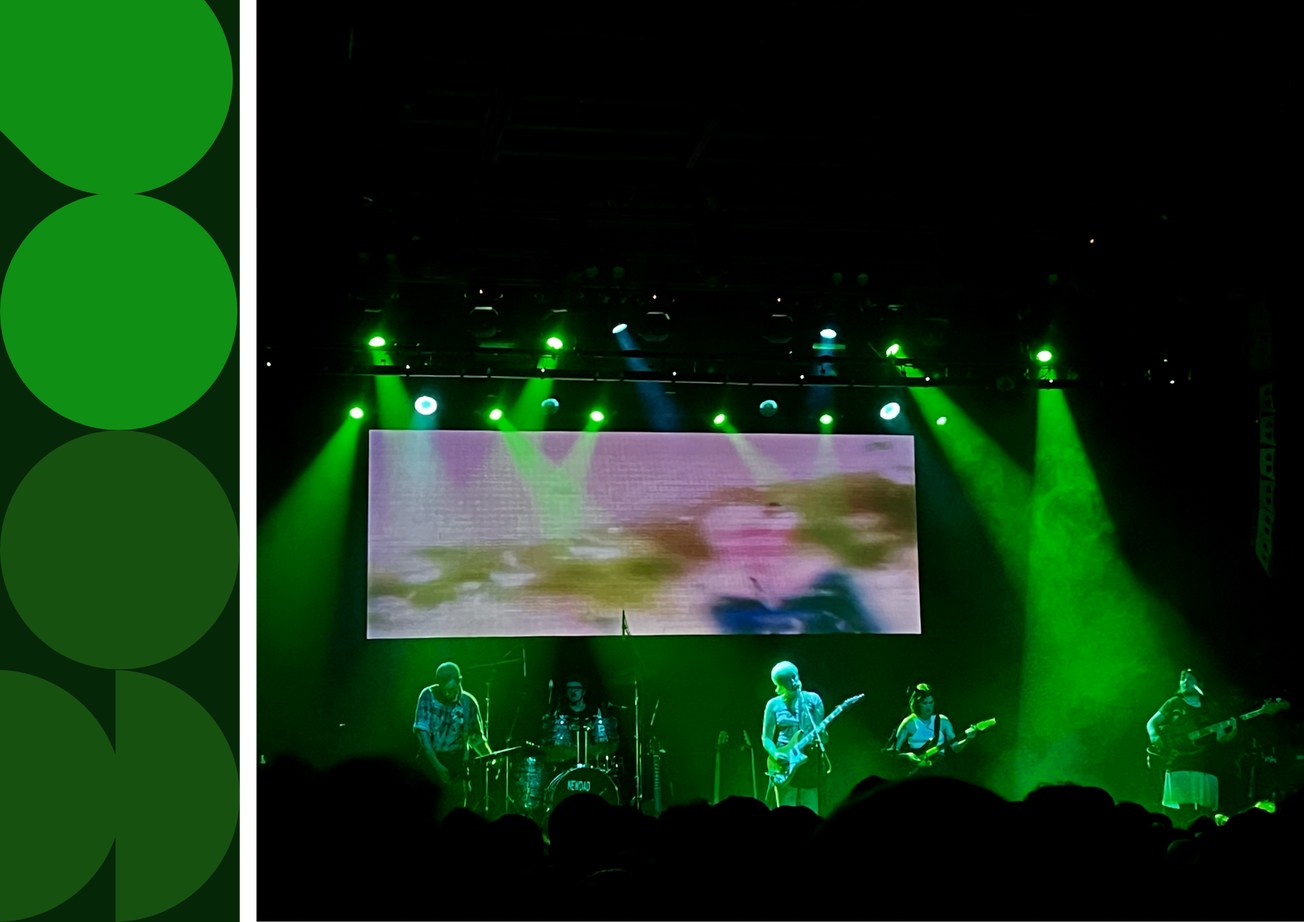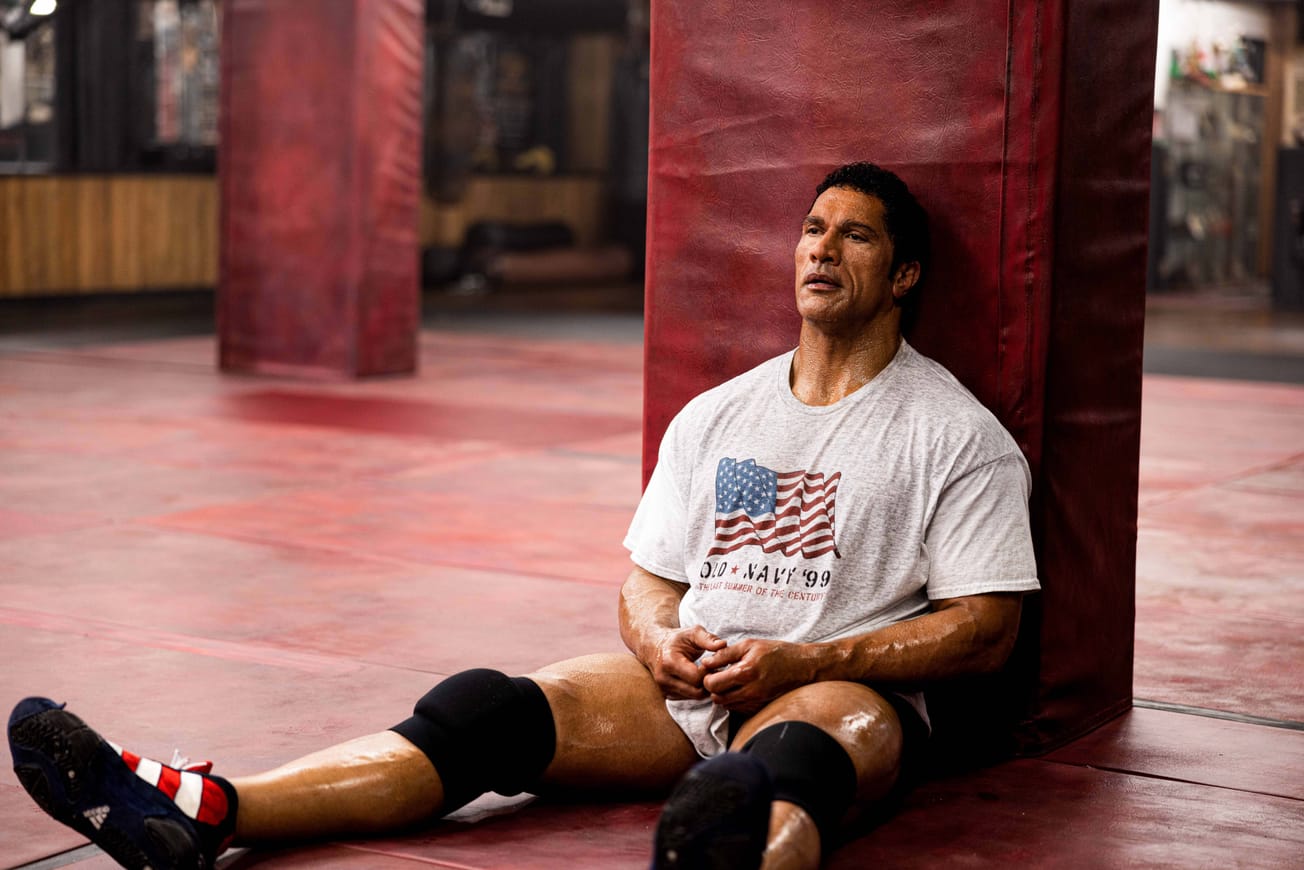By Zoë Crowther, Students' Union Correspondent
The latest adaptation of Rudyard Kipling’s The Jungle Book (1894) is moderately disturbing and completely unnecessary.
Youtube / Netflix
Mowgli: Legend of the Jungle was intended as a more introspective take on the tale, focusing on the young orphan’s journey of self-discovery and shifting away from Disneyfied jungle sing-a-longs. Fine. Except the resultant melancholy makes a drudgery of the setting, plot and characters, forcing the film into a void where it is too upsetting for children and too bland for adults.
In Andy Serkis’ retelling, core characters are given new faces. Baloo the bear, played by Serkis himself, is transformed into a gruff cockney mentor. Kaa the python (Cate Blanchett) is no longer a villain, but an all-knowing mystic who - briefly - helps to guide Mowgli on his path to being a bona fide ‘legend’.
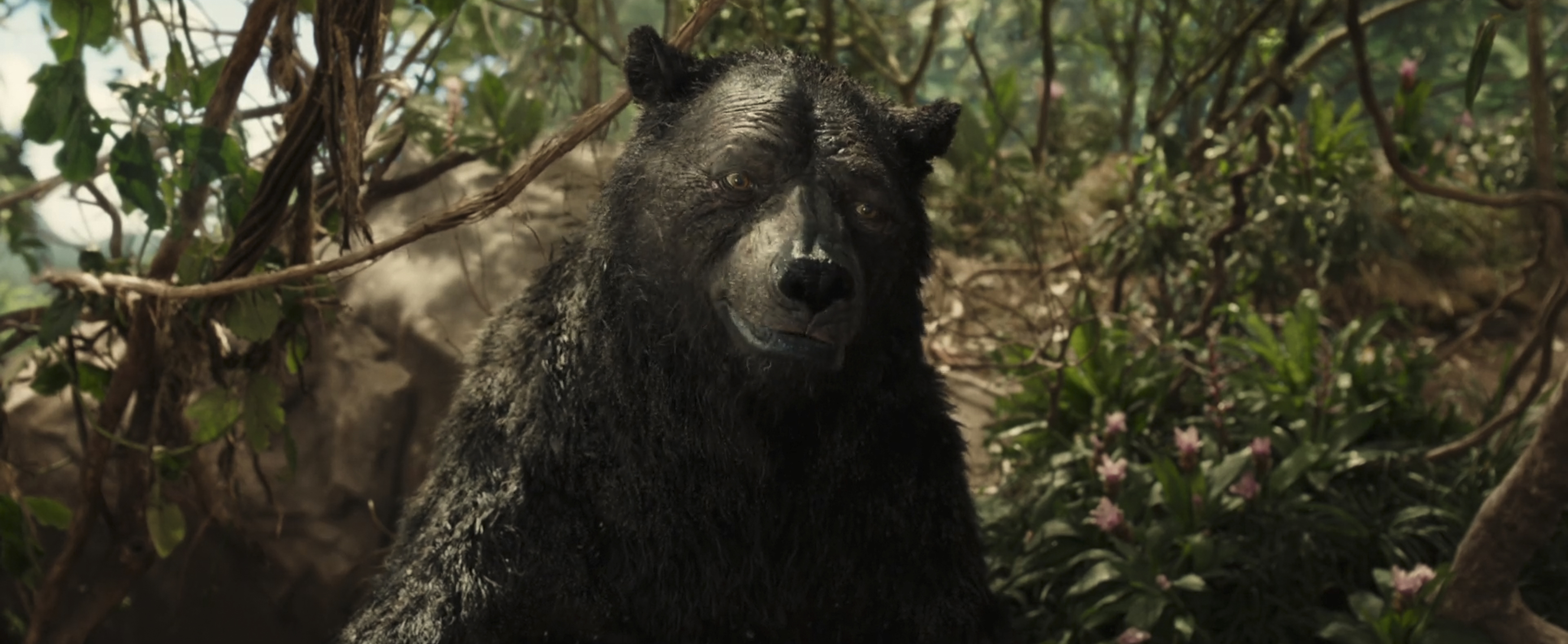
Photo Courtesy of Netflix
These alternative interpretations had the potential to facilitate a creative reintroduction into Kipling’s world. The problem is that Serkis overcompensates by doling out misery, allowing no respite or complexity.
The character of Mowgli (Rohan Chand) is reimagined as a determined and somewhat ruthless mini-adult. His animal companions are all equally serious and brooding, with no attempt to explore and diversify the characters. Even the other children, encountered by Mowgli in the man-village, are mercilessly cruel.
One-dimensional characters are accompanied by a one-dimensional plot. My heart sank when a white hunter (Matthew Rhys) was introduced, dangerously close to falling into a ‘white saviour’ role by attempting to ‘civilise’ the young boy. It is a mildly interesting twist when he is revealed as a sadistic killer, only to lead to a disappointing climax in which he is easily wiped out by a single elephant stomp.
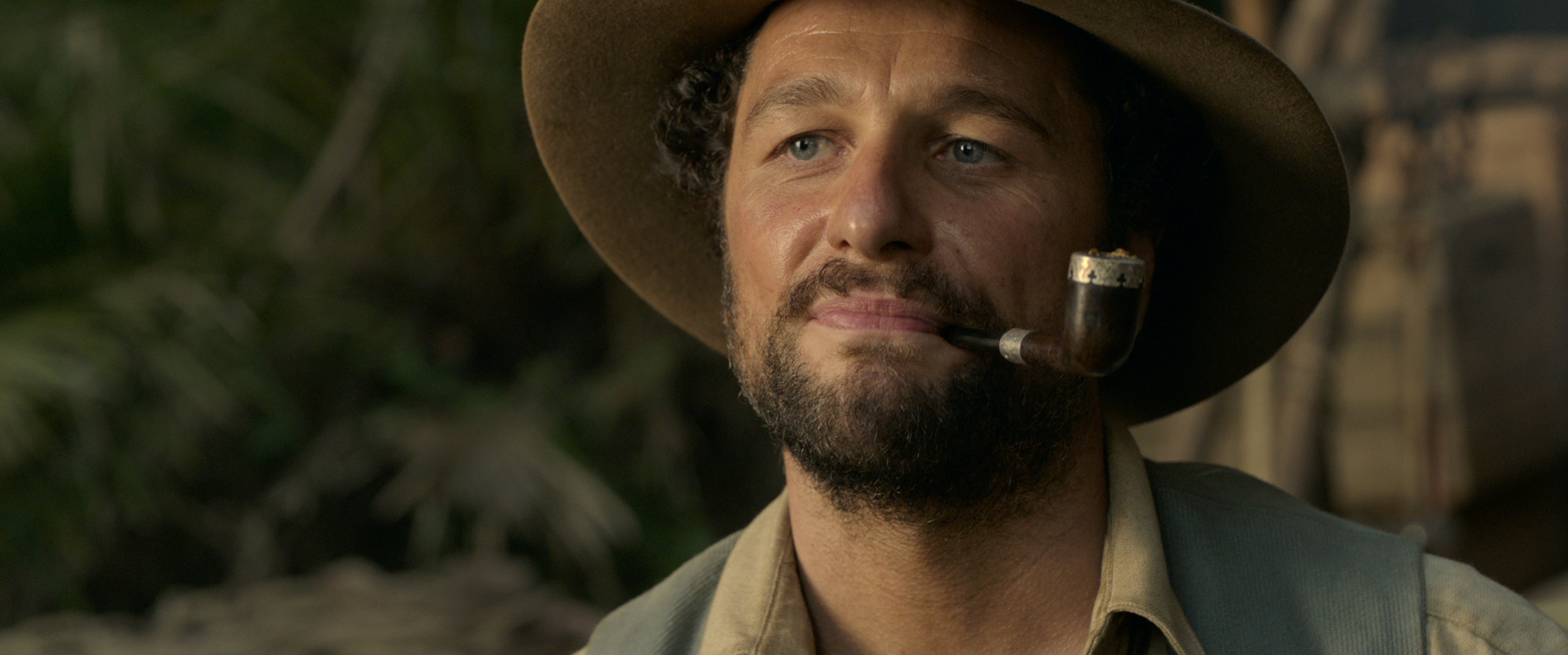
Photo Courtesy of Netflix
The distinguished cast, including Benedict Cumberbatch and Christian Bale, offer good performances, but they are disguised by a bizarre animation style which distorts the animals’ facial features in a way that instils discomfort and eliminates empathy. Given that Serkis is famed for his ability to bring computer-generated characters to life, the use of performance-capture technology here might have been impressive had it not been done before, and done better.
Production on Mowgli began in 2012, but it faced a setback when Disney released its similar project, The Jungle Book, in 2016. Now, finally released on Netflix over two years later than intended, Mowgli misjudges its audiences and finds there is no gap to be filled following the previous adaptation.
Upon first glance, some of the scenes from Mowgli could easily be mistaken for The Jungle Book. The wolf pack inhabit the same rainy, rocky outcrop and both films feature multiple fast-paced tracking shots of Mowgli sprinting through foliage, which appear to be almost completely identical.
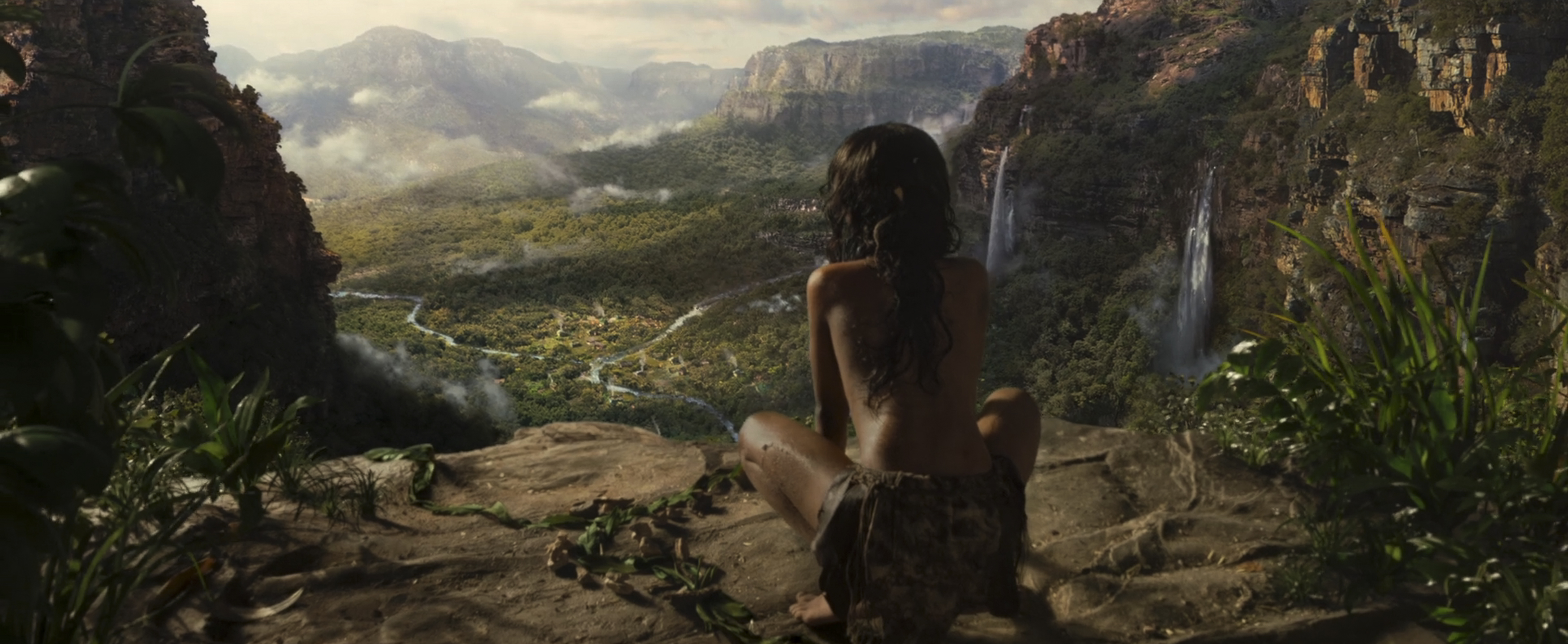
Photo Courtesy of Netflix
This week, Serkis has defended the film to critics and claimed that unlike other versions, his interpretation is an ‘emotional journey’ which explores displaced identity. He appears to be under the impression that Mowgli offers a fresh perspective by highlighting a human and non-human propensity for violence through Rohan Chand’s wide, teary eyes.
In the spirit of Serkis’ bleak creation, I shall conclude with a quote from Mowgli himself: ‘You’re not special. It’s just something your mother tells you to make you feel better about yourself because you came out wrong.’
Featured Image Credit: Courtesy of Netflix
Did we really need another adaptation of The Jungle Book?
Facebook // Epigram Film & TV // Twitter

